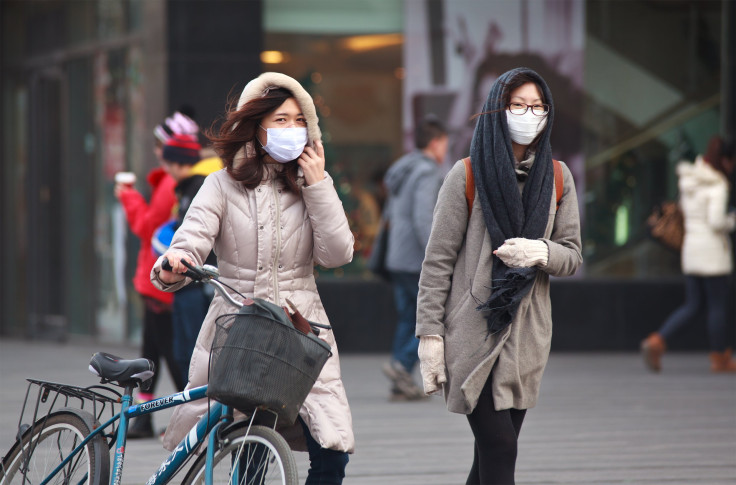Air Pollution Tied To 7 Million Deaths Each Year, And Called Our 'Biggest Environmental Threat'

New data on environmental health shows that seven million people around the world died in 2012 from causes related to air pollution — a doubling of previous estimates, according to the World Health Organization (WHO).
Air pollution is now the biggest environmental threat to human health as one in eight deaths may be attributed airborne toxins. Specifically, new evidence shows a stronger link between exposure to air pollution indoors and outdoors to cancer and heart disease, in addition to the already established link to the development of respiratory diseases, including acute respiratory infections and chronic lung diseases.
WHO said on Tuesday they based the upgraded health warning not only on improving disease knowledge but on an enhanced technical ability to measure human exposure to such pollutants. Now, scientists say they are better able to analyze health risks for a greater swath of the world population, with improved coverage of rural populations.
Poor- and middle-income nations of Southeast Asia and the Western Pacific suffered the heaviest exposure to air pollution as nearly five million people died from related diseases. In the analysis, 3.3 million people in those regions died from causes linked to indoor pollution, with another 2.6 million deaths attributed to outdoor pollution.
“Cleaning up the air we breathe prevents non-communicable diseases as well as reduces disease risks among women and vulnerable groups, including children and the elderly,” Dr. Flavia Bustreo, WHO’s assistant director-general of family, women and children’s health, said in a statement. “Poor women and children pay a heavy price from indoor air pollution since they spend more time at home breathing in smoke and soot from leaky coal and wood cook stoves.”
On that point, as many as one billion people around the world lack access to an adequate cooking stove, contributing to many deaths caused by diseases related to indoor pollution — including one-third of strokes (34 percent), one-quarter of ischaemic heart disease (26 percent), and more than one-fifth of chronic obstructive pulmonary disease (22 percent). Likewise, outdoor pollution was blamed on 40 percent of ischaemic heart disease cases, 40 percent of strokes, and 11 percent of chronic obstructive pulmonary disease cases.
With regard to improved detection methods, public health experts at WHO say they’ve leveraged a new global data mapping tool incorporating data from satellites and ground-level sampling, as well as improved modelling for the meteorological spread of air pollution, according to Dr. Maria Neira, director of public health, environmental and social determinants of health for WHO.
“The risks from air pollution are now far greater than previously thought or understood, particularly for heart disease and strokes,” she said. “Few risks have a greater impact on global health today than air pollution; the evidence signals the need for concerted action to clean up the air we all breathe.”
On Tuesday, the World Bank and China also made an economic case for addressing the increasing disease burden brought by heavier air pollution. "As China prepares for the next wave of urbanisation, addressing environmental and resource constraints will become increasingly more urgent because much of China's pollution is concentrated in its cities,” the two announced in a joint statement.



























